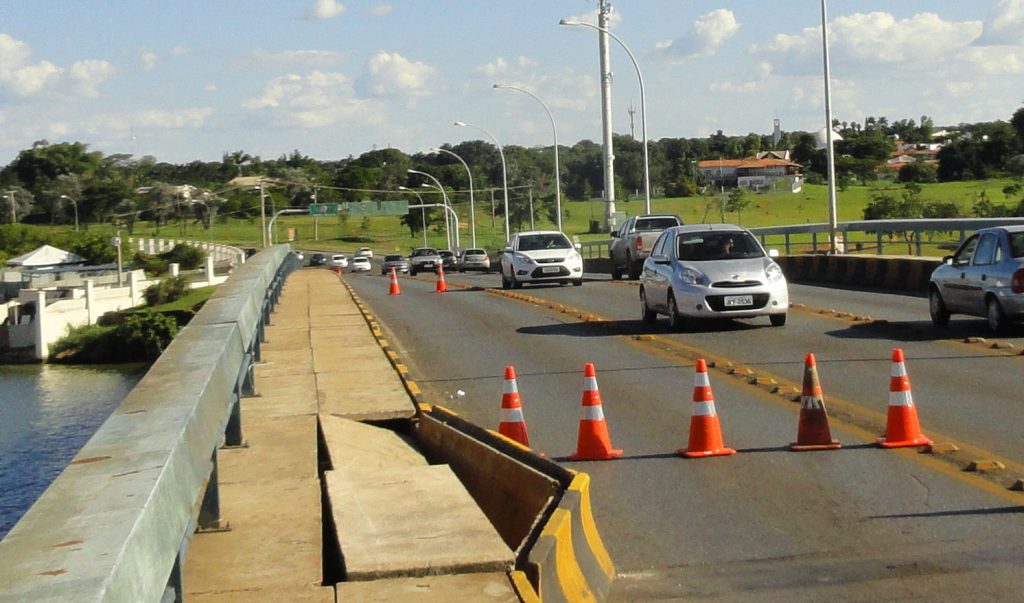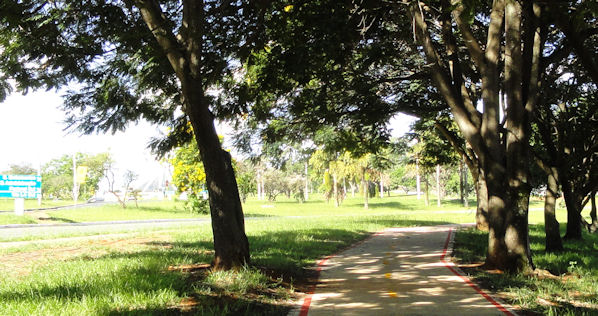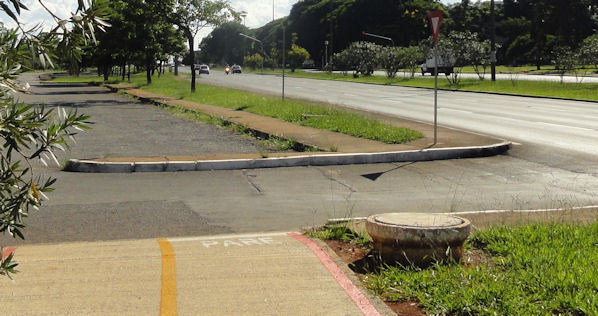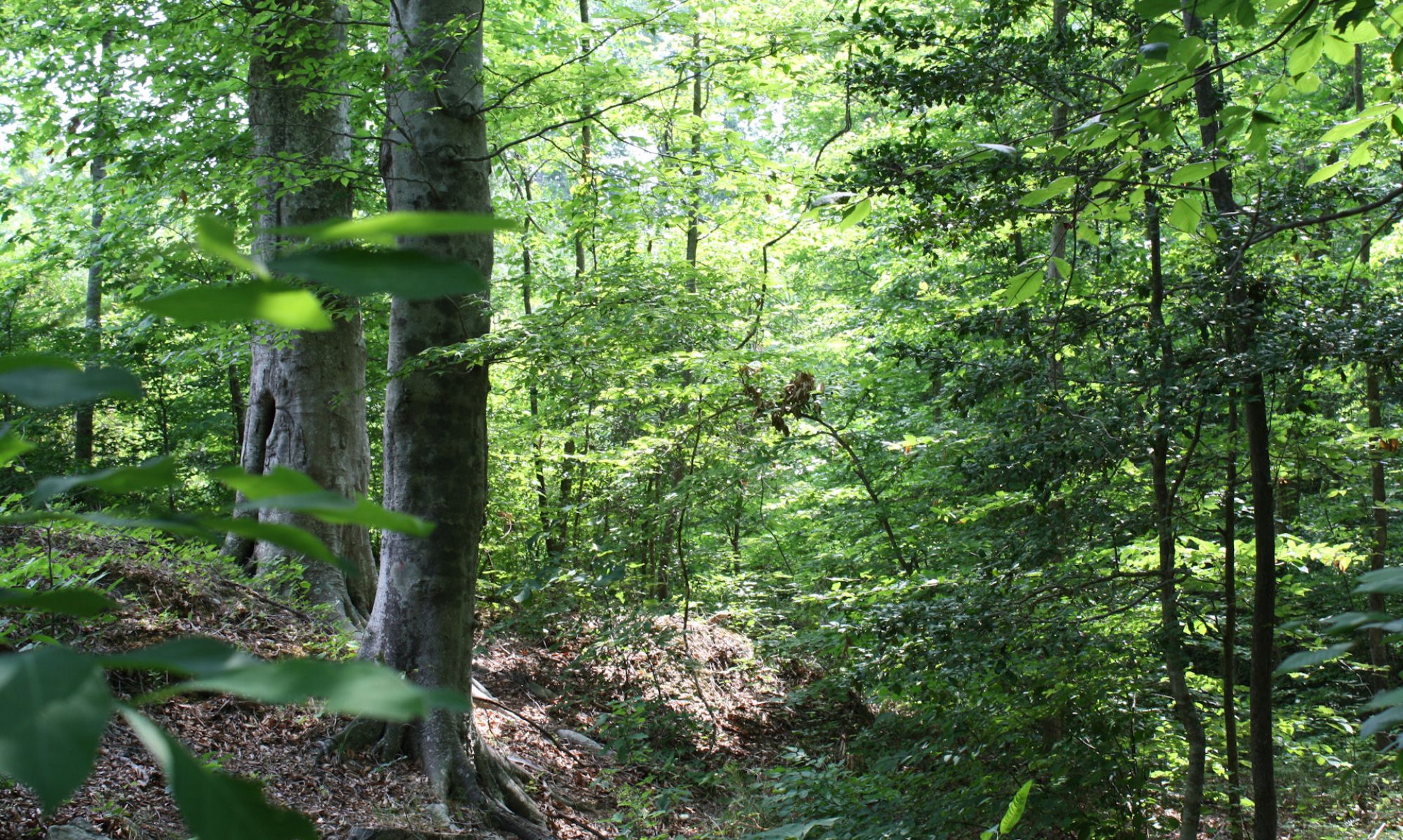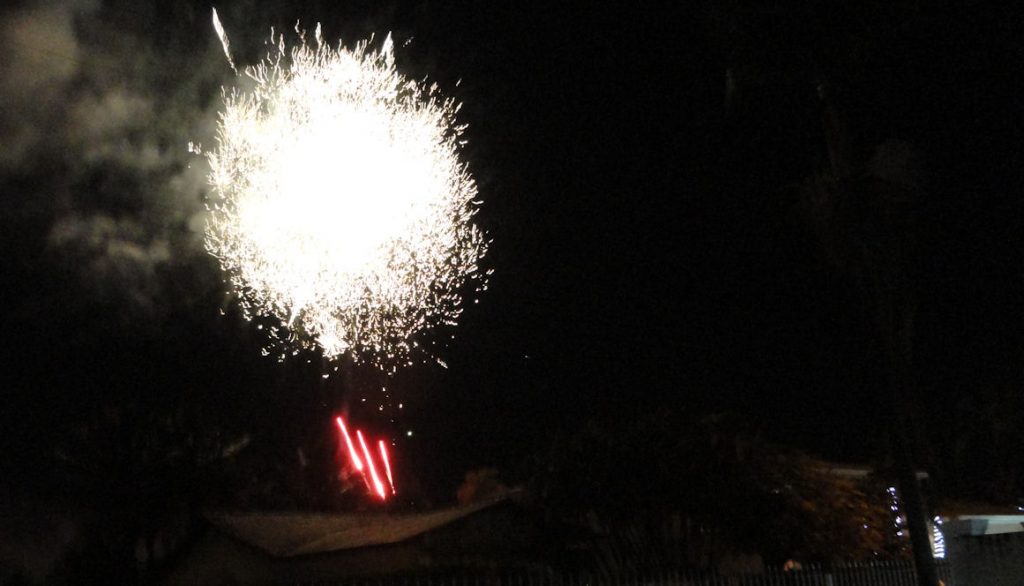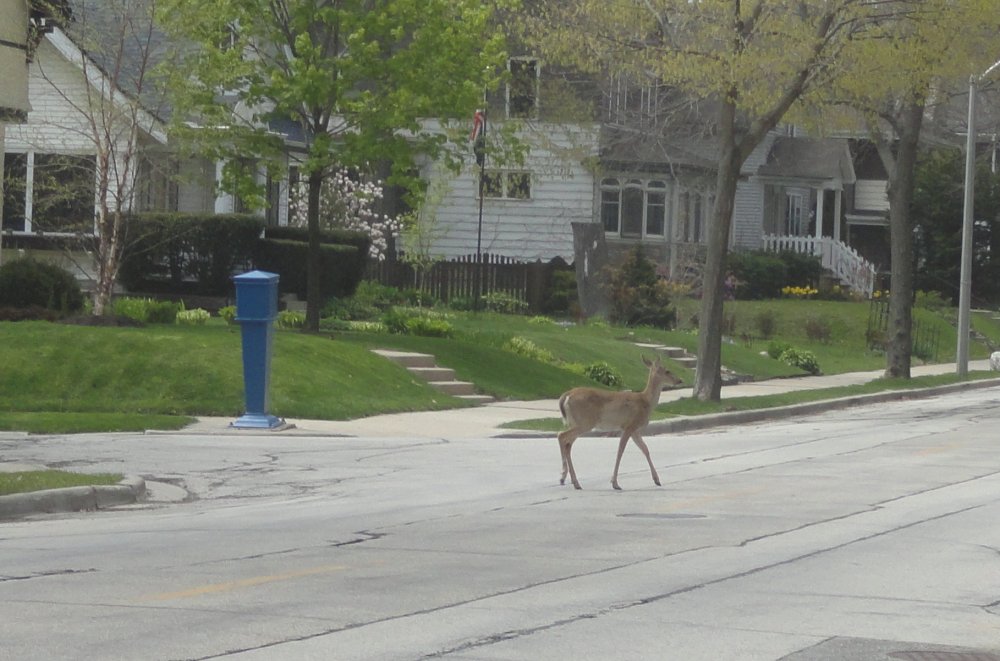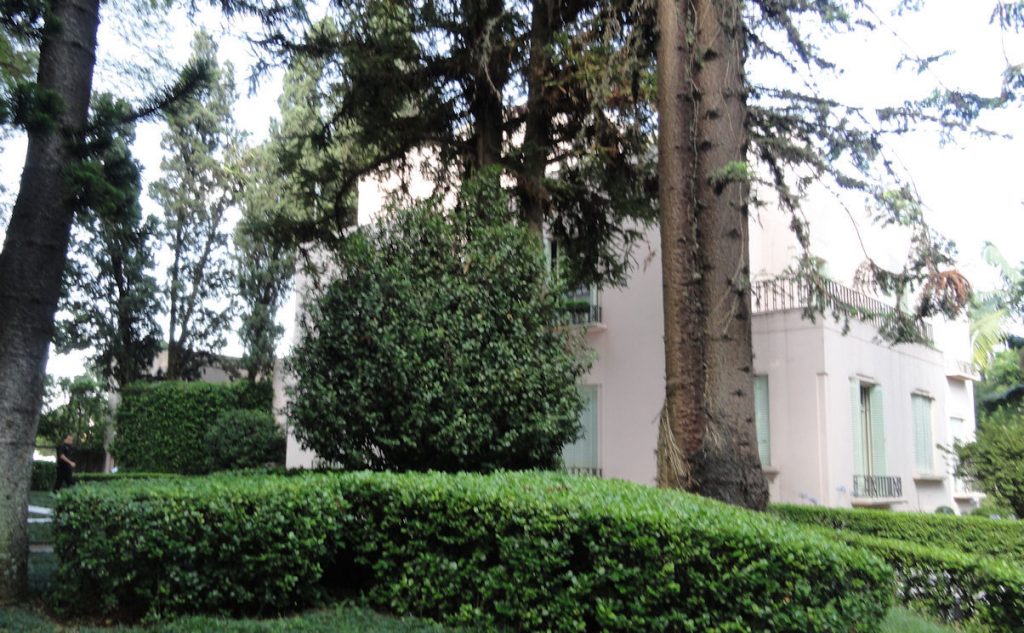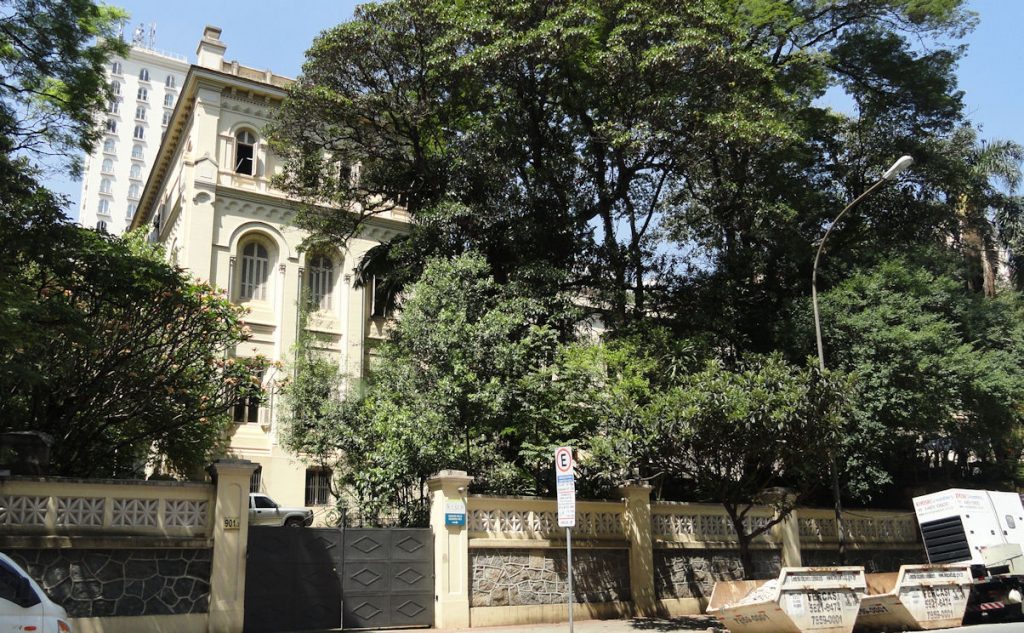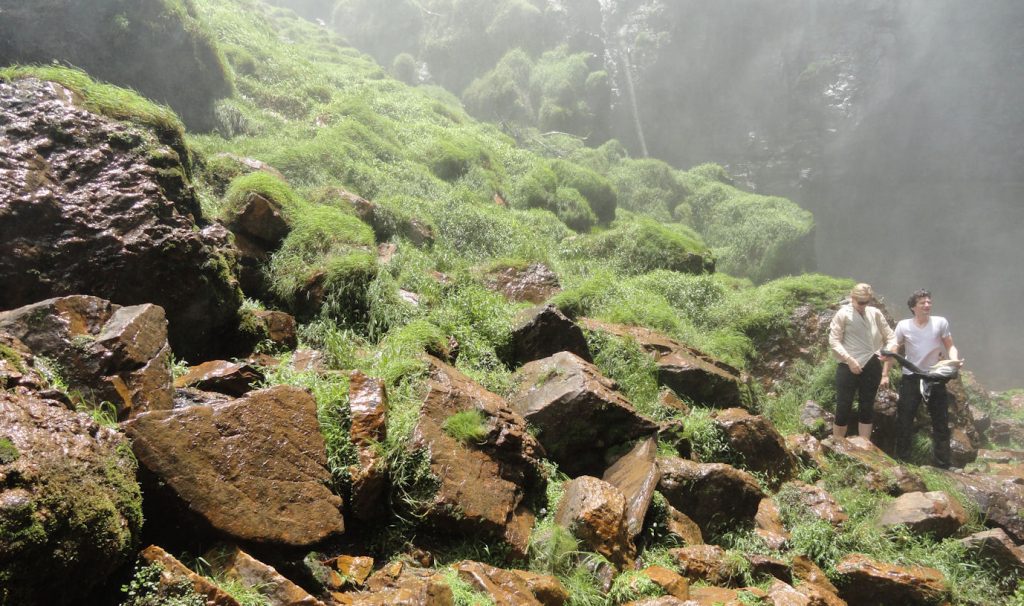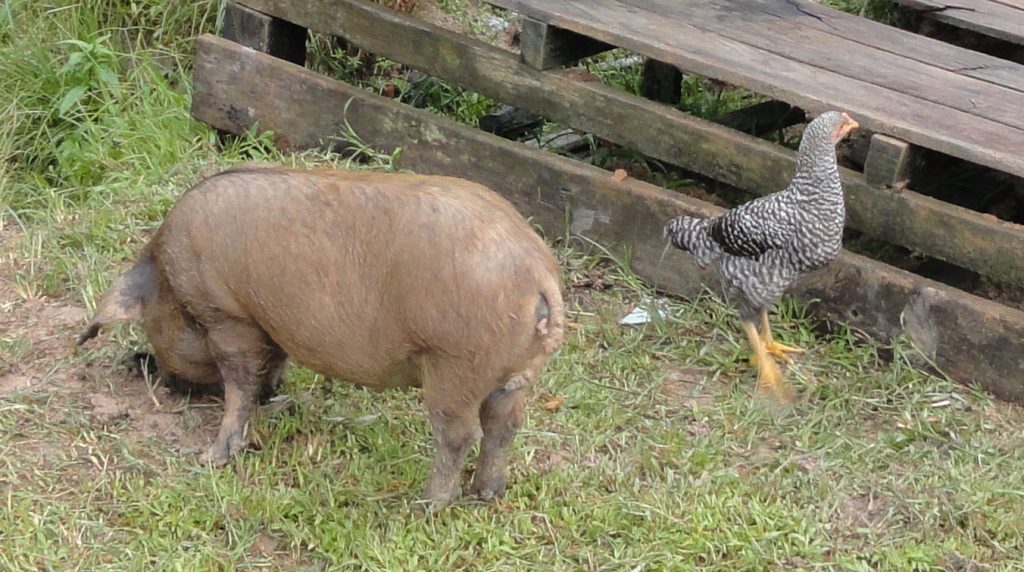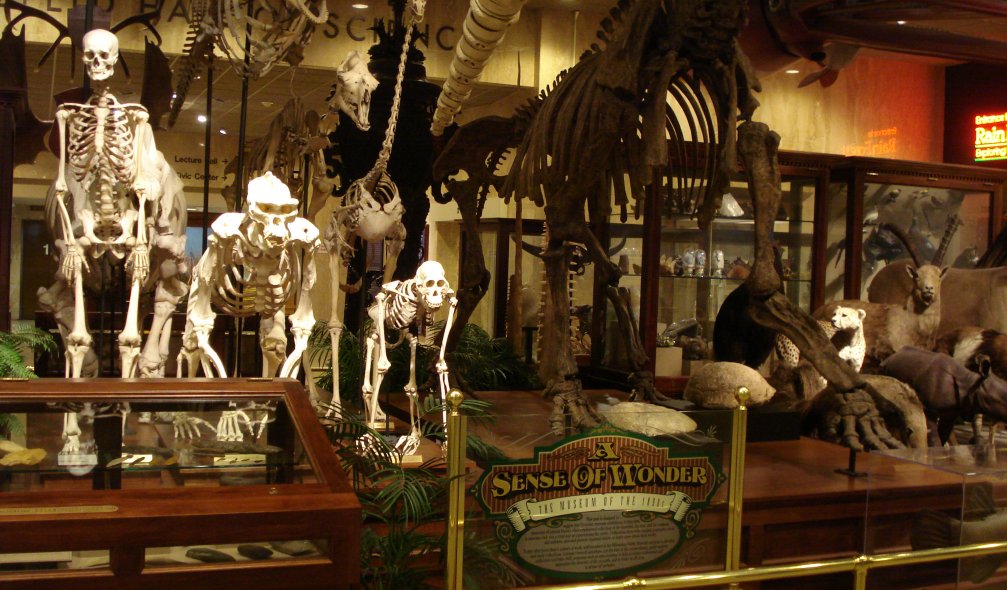If a survey tells me that more Brazilians have a favorable view of the U.S. on the day that I am done here than they did on the day I arrived, I don’t care. I won’t take credit for that. Conversely, if we find that opinions have declined, don’t blame me. In either case, my effort is like tossing a bucket of water into the Pacific Ocean and expecting to be credited or blamed with next year’s weather conditions. Let me say plainly that I don’t think that our public affairs efforts can have a substantial and sustained effect on which country is most popular or favorability ratings, the kinds of things measured by surveys. Furthermore, I think measuring such things is nothing more than an expensive game, with results that are often not statistically valid and usually not substantively valid either.
So, what good are we and why don’t I just go home? I think we are very effective at improving things that really matter. We do lots of useful things that build specific relationships and create long-term cooperation and – yes – in the long-term more favorable attitudes generally. But the road to this bright happy region is poorly blazed and full of curves. If I am honest, I can almost never be sure that our efforts produced the good result and the bigger the result, the more uncertain.
This makes perfect sense if you think about it for more than a minute. Our success almost always stems from effective partnerships. We attract partners by identifying mutual interests, shared values and common goals. If we are good at partnership building, we will attract lots of helpers, all pulling in our direction, but doing so autonomously, using their own imagination, innovation and intelligence to get the job done. And if we are doing our jobs right, we cannot closely control this process. If we try, to micromanage things we will lose the benefits of our partners’ innovation and imagination, and we often lose the partners too. Nobody likes people who boss them around.
How do you measure who did what when the favorable outcome results from the synergy of so many partners, some of whom are not working directly with us, not to mention the effects of good luck (which you really cannot control) or good timing (which is a kind of luck you can influence)? The further permutation is that the effort itself is complex.
I make a big deal about drawing the distinction between something that is complicated and something that is complex. An old fashioned watch is complicated. It has lots of parts that need to fit together and work together. If one part stops working, the whole system stops working, but as long as you keep things working according to the plan and in good repair, you can expect precise results. Complexity adds that variable that the components change, evolve and adapt in relationship to each other. An ecosystem is complex. Complex systems are both more robust than complicated ones and less predictable. If you remove a key part in a complicated system, it stops working and if you add a new part, it is probably simply redundant. If you remove a key part in a complex system, the other parts adapt to the change. It may weaken the system OR it may strengthen it. Sometimes subtracting effort is better than adding it. In a complex system, a new component will be integrated in and will not long remain redundant, as it would in a complicated system.
All human systems are complex. Public affairs is more complex than many because of the dominance of people and forces outside the direct control of the public affairs professionals. In easy conditions, we could say we help manage an “external staff;” in most cases we are dealing with the ambiguity of not knowing who we are “managing.” Measuring complicated systems is simple in theory if not always easy in practice. If you identify the parts, they either work as they should or not. Complexity is harder because you cannot properly identify all the parts and they are in states of constant change and adaptation.
Figuring out where our influence starts and ends is hard. I don’t want us to brag like the rooster taking credit for the sunrise, but I also don’t want to ignore our significant influence on events.
In many things, our input is necessary but not sufficient. For example, I am morally certain that the 1080 secondary school teachers of English in the CAPL program would not be going had it not been for our active intervention. But our Brazilian friends are paying for them, the State Secretaries of Education are choosing them, RELO identified schools, Fulbright did much of the logistics, WHA did the paperwork for visas, our Consular sections actually did the visas quickly, IIE did the placements and, of course, the teachers are going. Speaking of complexity, all of us above have influenced each other and our program is very different – and better – than originally envisioned.
Falling back on my habitual agricultural/forestry metaphors, who is responsible for the apple harvest? Is it the person who picks the fruit, the one who sprays the flowers, the one who cares for the trees, the one who plants the trees, the one who identified the field for planting or maybe even the long gone beaver whose dam created the rich soil of the meadow? Not all contributed equally, however, and some would be interchangeable, i.e. somebody else would or could have easily done it.
Anyway, regarding credit taking and giving, I was thinking of a kind of reverse Bayesian approach, with conditional probabilities used for influence. For example, in the CAPL program, we (USG controlled people and resources) perhaps contributed 45% to the probability of success. As those teachers come back to Brazil and influence thousands or millions of Brazilians, our relative share of the credit will diminish as other factors play a bigger role, but as the total size of the influence is so much greater, ours will remain a growing contribution. We are in relation to the results what the guys who planted the apple trees are to the subsequent harvests.
I am not really that fond of the Bayesian analysis in these cases, but it produces nice looking charts and graphs and it has numerical aspects that satisfy bean counters. IMO, we really are back to the ancient art of telling the story and making subjective judgments about our own role in success (or failure) and that of others.
